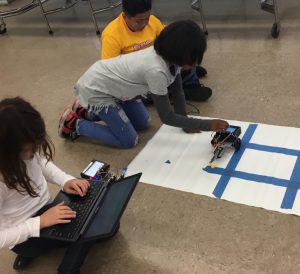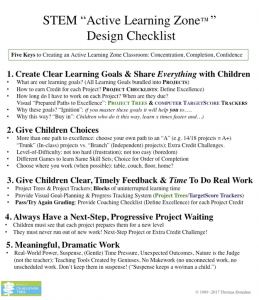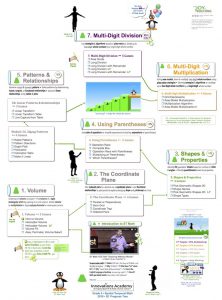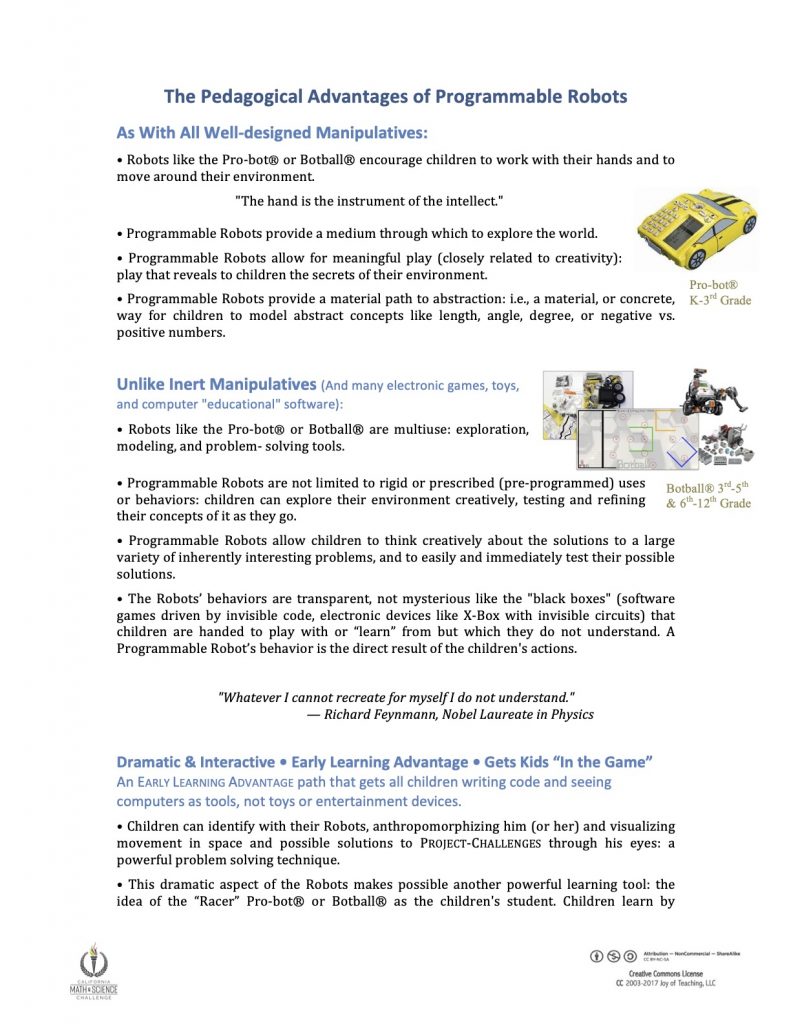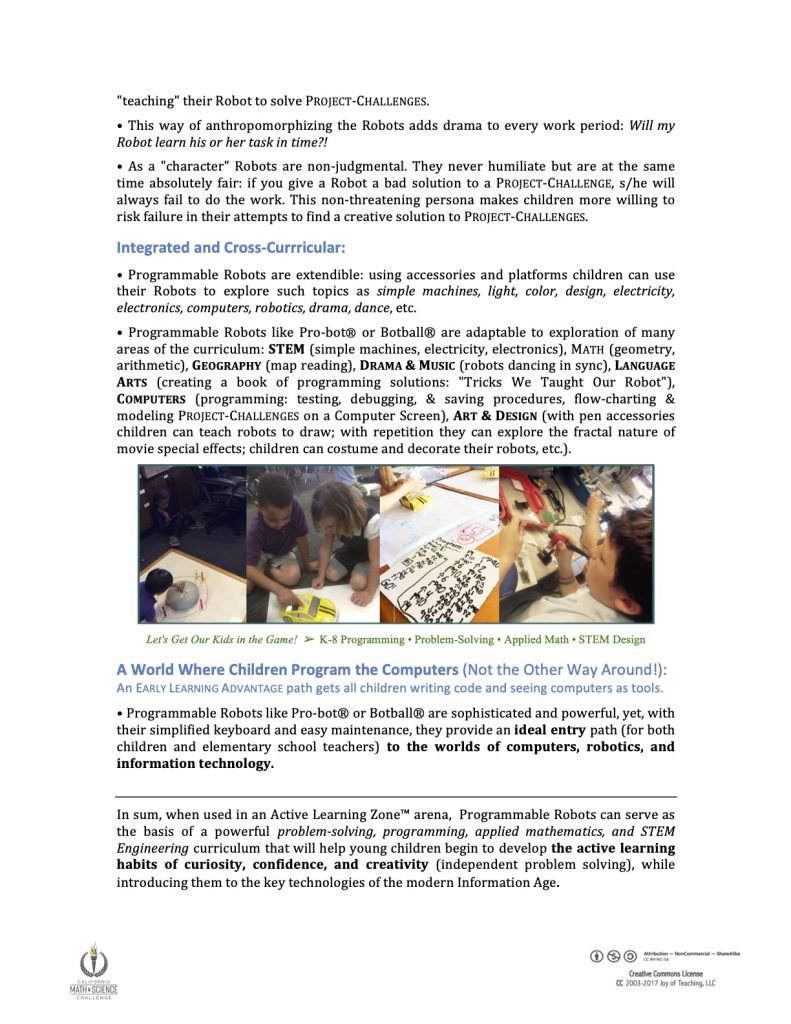We have noticed through our CA Math & Science Challenge work in underserved communities that even our “STEM Stars” (the top performers in math, engineering design, coding, and problem solving: the students with a true love of the game) often struggle to reach their potential due to poor reading skills.
- The lack of STEM books or the habit of reading STEM books at home or in the classroom
- The oral vocabulary gap they bring with them as kindergartners, which is related to lack of opportunity in preschool and which limits reading comprehension skills after 2nd grade.
[Note: recently questions have been raised about the size or causes of a preschool oral vocabulary gap, specifically about such findings as the” 30,000,000 word gap”: is it the result of bad methodology? (difficult to count word-interactions in home settings, etc.) That research may be flawed but the empirical vocabulary gap in first grade students is based on robust research and is very real. The preschool causes of this “opportunity gap” are not something an elementary school teacher can do anything about; but once children arrive in school, if this gap is not addressed reading comprehension cannot be improved.
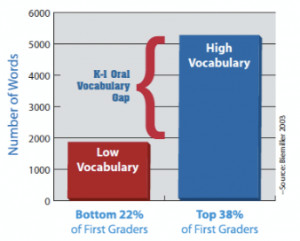
- Students in Math & Science Challenge will get free log-ins for the vocabulary-powered Activated Reading Lab (see more below);
- STEM titles** will be available for sale at our Math Science Challenge Events and our website and we will work with our sponsors to purchase them and make them available free-of-charge to classroom teachers.
**One of our first titles is by a local electrical engineering professor Pamela Cosman (UCSD) who wrote a book, The Secret Code Menace: Cold Fusion, to introduce children to binary code used in machine learning code and chip design.
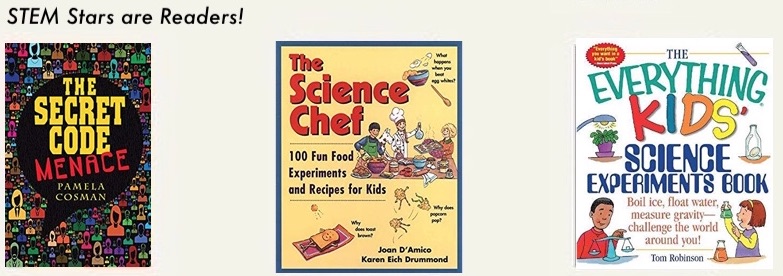
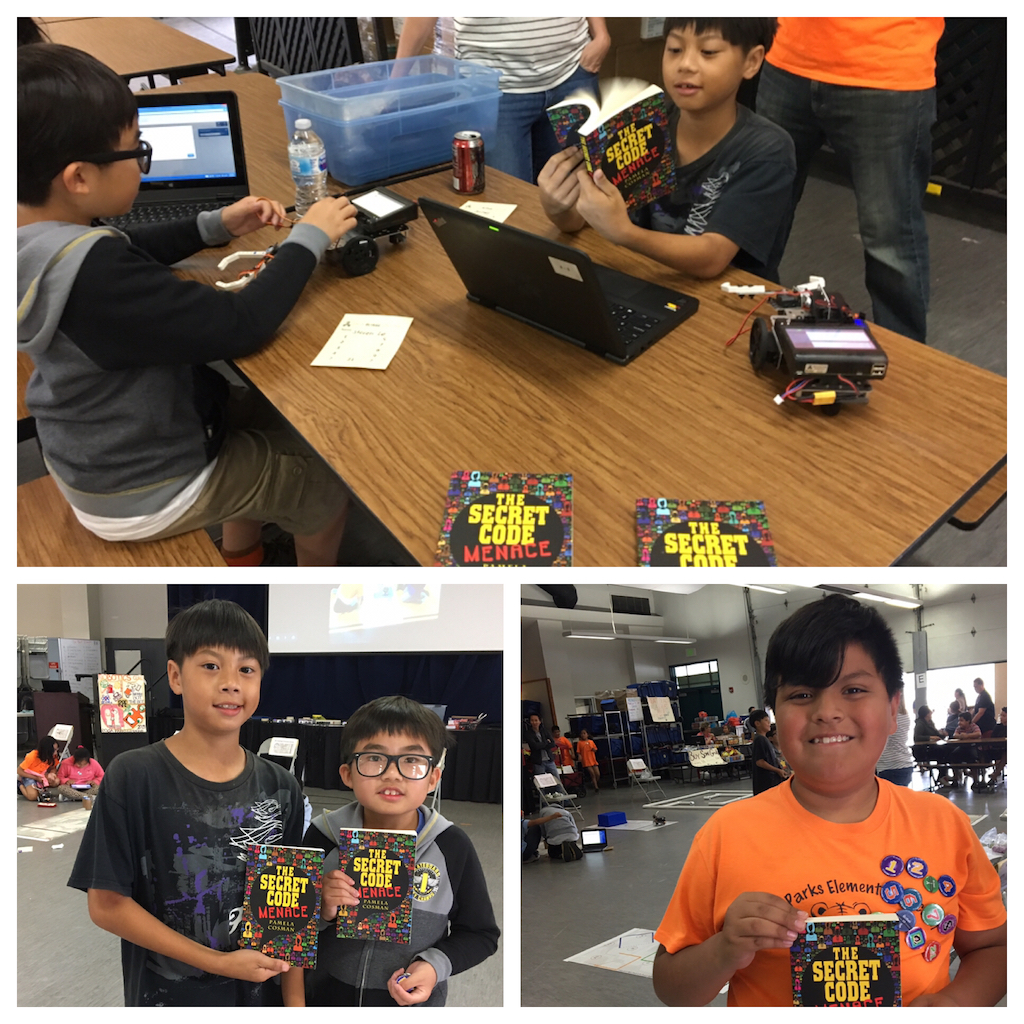
To help our STEM stars close the Vocabulary-Reading gap, we are partnering with Activated Reader: Vocabulary Powered Reading Lab. We will make the Activated Reading Lab available to our STEM Stars through their teachers, and through after-school programs, libraries, and youth centers.
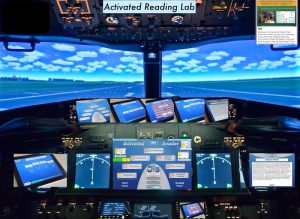
Reading Flight Simulator-iPad Version
- Activated Reading Lab is a vocabulary-powered reading “flight simulator“ designed to help kids who arrive in kindergarten 3,000 to 4,000 words behind their peers build the word power and get the guided reading practice they need to become Expert Readers. The program is available only through school subscriptions and to select organizations helping at risk youths and fighting the high school drop out crisis.
- Activated Reader operating principles: We Make Tools for Teachers • Protect Student Privacy • Believe Less (Tech) is More • Conduct Rigorous Research • Believe in Accessibility & Affordability • Believe That Democracy & Freedom Depend on Reading!
- STEM Stars Are Readers! — Science Reading & Listening Libraries
- Activate to Graduate! — We close the gap to help you earn your cap.
- “Open Doors” — Activated Reading Prison Lab/Seminar Program.
#STEMStarsAreReaders
